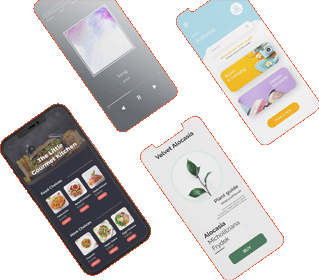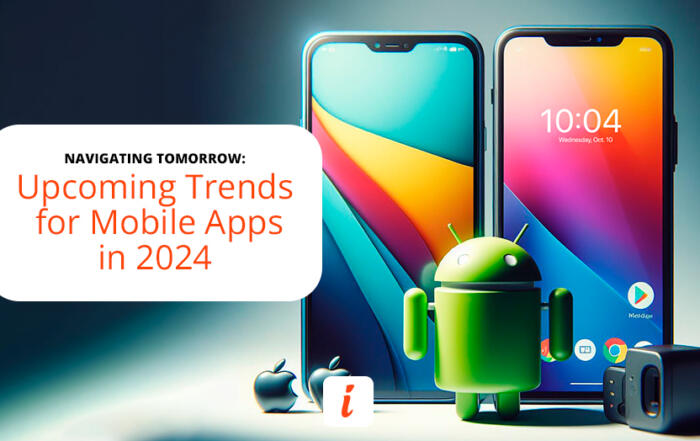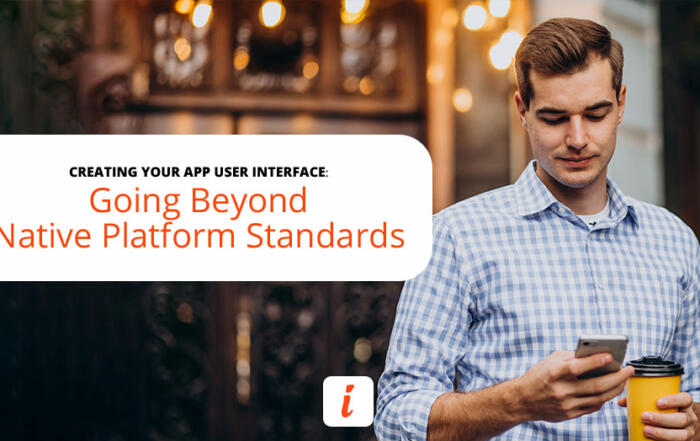How to Develop a Healthcare App
| By Inspire Visual Updated February 2024 |
The healthcare app market is growing at a rapid pace, from a 3.7 billion U.S. dollars market in 2019, it’s projected to reach 20.6 billion U.S. dollars in 2026. At the same time healthcare providers are expected to meet the needs of their patients by offering convenient, feature-rich and modern looking apps available on mobile, tablet and smartwatches around the clock.
mHealth apps including both medical, wellness, health and fitness apps are popular on iOS and Android devices. In the Google Play store alone it has increased from 37,143 apps available in 2019 to the latest numbers showing 53,054 apps. With a 43 percent gain in a short time period, it is a clear indication of the demand for mHealth apps.
When we look ahead, the mHealth segment is forecast to grow from a value of 38.2 billion US dollar business in 2021 to 61.5 billion US dollars by 2026. It’s not surprising mHealth is one of the top three most popular fields on mobile devices.
Healthcare providers not embracing the demand of their users are going to be left behind by the competition. However, investing in an app requires more than the basic development fundamentals. The app has to be scalable, targeted to the right devices and platforms, easy to use and function flawlessly in the hands of the user.
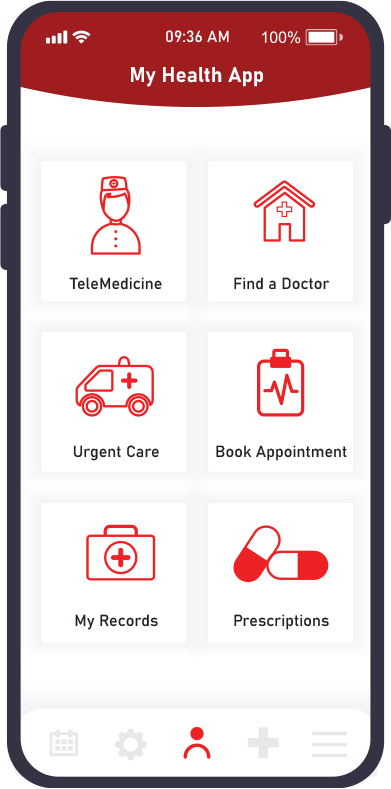
What kind of healthcare apps are there?
There are several healthcare app categories on the mHealth marketplace and they span broadly from telemedicine, telehealth, appointment scheduling to educational, mindfulness, and health and fitness.
Telemedicine apps
Telemedicine (also referred to as telenursing) allows patients to communicate with medical professionals through mHealth mobile apps, tablet apps or computers for virtual consultations and monitoring of health.
Teleconsultations with a nurse or doctor are seeing increased use as technology is advancing and more and more people have access to and feel comfortable using electronic devices as an alternative to in-office visits. The global covid-19 pandemic only boosted teleconsultations, as virtual health visits dramatically decreased the risk of contagion.

Telemedicine is beneficial by being cost-effective to the medical office. It lowers the need for front-desk and pre-consultation staff to assist before the actual appointment. Effectiveness for nurses and doctors improves as they are able to see more patients in the same time-frame. A study showed doubling of the nurses’ caseload capacity by using telemedicine technology.
Medical practitioners using telemedicine apps see fewer cancellations and missed appointments. At the same time, their competitiveness is increasing significantly by offering strong patient convenience factors previously exclusively offered by retail health clinics and online-only providers.
The two main convenience factors for patients are time-saving and convenience. Not having to commute, especially for rural areas, saving transportation costs, spending in the waiting room, taking additional time off work, or arranging for child-care are all great incentives to choose a provider with telemedicine capabilities.
For those not feeling physically well, it’s an added benefit to see the nurse or doctor from the comfort of their own bed or couch.
As a direct result of this, medical providers with telemedicine apps see an increase in patient satisfaction, retention, enrollment and as important – revenue.
Telehealth apps
Telehealth, as with Telemedicine, is also offered through smartphones, tablets, and PCs. It differs from Telemedicine by targeting a broader demographic as it refers to a broader scope of healthcare services.
The demand for and popularity of mHealth apps is evident. Over a period of six months, the number of patients reporting at least 1 telehealth visit went up 57 percent. Even more for people with chronic conditions at a staggering 77 percent.
One area that is sure to see an aggressive growth moving forward is geriatrics. With an aging population’s desire to stay in their homes instead of moving to nursing homes, the need for easy access to health services is obvious and just what telehealth apps can provide.
However, areas across the entire healthcare domain will benefit from Telehealth consultations. Whereas some consultations for some specialty fields require the initial visit to be in-office, the next logical steps will be to take health consultations online for follow-ups where audio and video are just as effective tools for continued care as physical presence.
Healthcare industries using Telehealth apps
- Physical therapy
- Psychiatry
- Dermatology
- Geriatrics
- Endocrinology
- Urology
- Occupational medicine
- Neurology
- Radiology.
- General Surgery
- Orthopedic Surgery
- Obstetrics & Gynecology
- Anesthesiology
- Cardiology
- Pediatric Cardiology
- Plastic Surgery
- Oncology
- And more…
Telehealth apps are already being enhanced by the Augmented Reality technology supported by the latest smartphones. AR technology allows for computer generated information to overlay real-world environments, creating an enhanced composite view in real-time via an app.
Generally that means that consultations have the added benefit of automatically bringing up MRIs, x-rays, patient care plans, and other vital medical stats on-the-fly as the consultation is initiated. That’s without any need of the medical staff to locate the information – or the human factor risk of introducing outdated or wrong information pulled manually.
Telemonitoring apps
Once a relationship has been established between the doctor and patient, telemonitoring is a natural progression of the patient care plan. Using outpatient mHealth monitoring, healthcare staff are able to monitor physiological data including blood pressure, oxygen saturation, heart rate, and weight via apps developed for their specific needs.
The latest smartwatches can record these health vitals and combined with custom-made apps, can feed this data into the healthcare facility’s database for analysis, monitoring and even life-saving uses. Imagine how useful this information is for common diseases such as diabetics, asthma, or high- or low blood pressure patients as any irregularities can set off an alarm for immediate care action.
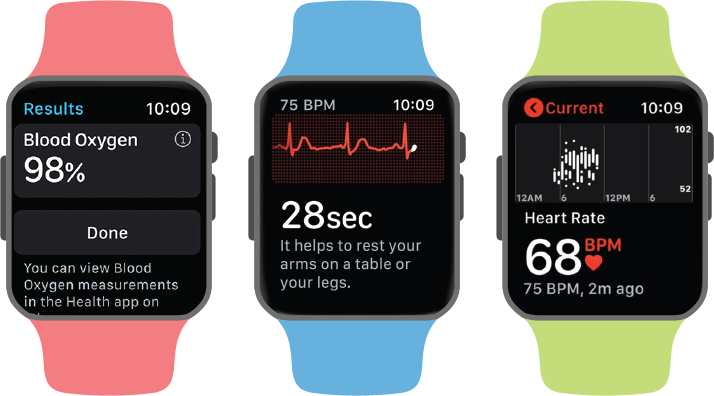
While there are cookie-cutter app solutions, most are benefitting from healthcare apps customized for unique uses. A dermatologist will likely not need the same information as a radiologist and apps can easily be slow and difficult to navigate if they are bloated with unwanted features. The cost to build an app is negligent in comparison with the savings it brings in regards to efficiency in the daily work-flow.
The American Medical Association shows the value of Telehealth apps in the psychiatry field below. Prior to April 2020, almost 100 percent of visits were in person. That number changed over one month to a remarkably 92 percent of visits via Telehealth and only 8 percent in-person. Today, with the pandemic under much better control, that number is currently at 80 percent favoring Telehealth and showing signs of continued decline in in-person consultations.
Educational mHealth apps
Educational mHealth apps are not only used by medical students but more so among medical professionals and patients. In fact mobile healthcare applications have become so popular in the healthcare industry, that it’s already a 100 billion USD industry and projected to grow to 189 billion USD over the next 3 years.
Doctors are progressively learning about new research and treatments through seminars, events and healthcare apps. While online encyclopedias such as WebMD are loaded with information, they are also the equivalent to doing precision shooting with a shotgun, they aim too broad, risking information overload.
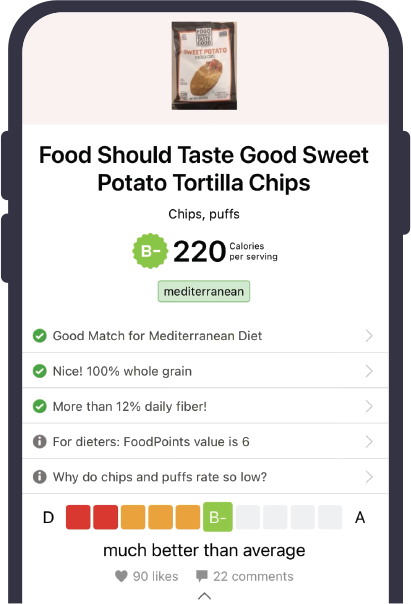
Mobile learning platforms in the mHealth category are invaluable sources of information when they are trimmed to target specific healthcare professions. For example, we developed an mHealth app for Denver Health, allowing doctors to look up a wealth of information specifically targeted to tuberculosis.
The app we developed features a full reference library of conditions and treatments, latest news from the CDC and industry relevant sources, and access to training seminars. All packaged in a modern, clean and easy-to-use interface with the latest technology powering the back-end. Packaged with these features, it’s become a popular app among tuberculosis treatment professionals.
Educational mobile apps are valuable tools for any healthcare industry if done right, as they provide targeted information that can be updated daily as the latest information becomes available.
Mindfulness, meditation and wellness apps
Doctors are reporting a shift in patient complaints. Where they were previously afraid of dying, they are now afraid of living.
The added stress in the “always-on” culture of modern workplaces and our personal lives can create anxiety. The Anxiety & Depression Association of America tells that 40 million adults in the United States suffer from anxiety disorders. They are the most common mental illness, but fortunately highly treatable.
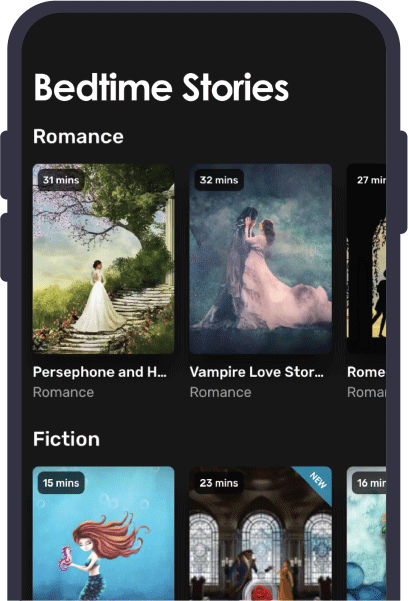
While treatment should primarily be done by healthcare professionals, wellness apps are a good supplement.
Good sleep, healthy nutrition, and a stress-free environment are the most important parameters for a long and enjoyable life. The demand for apps helping to reach these goals are going up every day. In tandem, more businesses are eyeing the opportunity to make money with wellness apps
Wellness apps are available in various categories
- Sleep help
- Meditation guidance
- Stress management
- Nutritional planning
- Motivational habits
- Yoga
- Breathing programs
- Mood diaries
- Calorie tracking
- Emotional coach
- Spiritual
- Brain workout
Health and fitness apps
Combine health and fitness apps with the modern marvel of smartwatch health tracking and you’ve got the next best thing to a personal trainer following you wherever you go.
The most sophisticated health and fitness tracking apps can work with your wearable to track every step you take, every calorie you burn and every heartbeat during the day (and night).
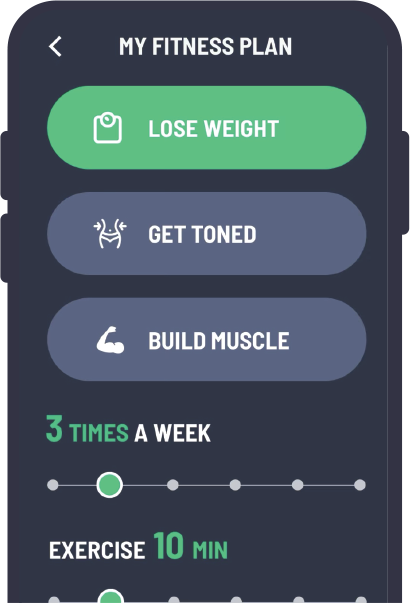
These types of apps are probably the most senior apps in the app market in the healthcare category. Thus, they are also the most mature and feature-loaded.
Health and fitness app categories
- Gym progress tracking
- Workout exercises
- Step counters
- Running companion
- Weight-loss
- Metabolic health
- Activity tracking
- Cycling
- GPS hiking
- Training plans
- Personal training AI
- Distance tracker
- Route mapping
How do you create a healthcare app?
Before developing a healthcare app or in cooperation with your app development agency, you should consider 3 core principles.
1. What features are most important in your healthcare app?
Most app development firms can pack your app full of features and content, only the most reputable will probably stop you and ask if it’s a good idea. After all, they make money on developing apps, so the more you want in an app, the more their bottom line increases.
The best advice is to focus on the most important features first, for several reasons.
First, you probably would like to get to market as fast as possible. Don’t fret about not being able to build out your app later. If you work with a good agency, they’ll program the app so it’s scalable.
Second, you and your app development team risk losing track of the important features if your app has to solve too many things from the get-go.
Third, there’s an increased risk of going over budget as the app will be bigger and the risk of unforeseen challenges arising.
2. What devices and platforms are you targeting?
Don’t let your personal preference dictate what device or platform you want to target.
The bad news is that it can be a complicated choice to make for the uninitiated as there are so many variables to consider.
The good news is that a decent mobile app development agency should be able to advise you based on your ideas, demographic (we’ll get into this below), and budget.
Many of our app clients have already done their own research and decided on who they are going to target. But for those who haven’t we use our extensive experience to advise on the best course of action.
We know the latest details like Android currently being the leading mobile OS worldwide with a 70 percent market share and Apple at a 25 percent ownership. When we dig deeper it tells another story of the North American market with iOS being the leading OS with a 54 percent market penetration, Android only has 44 percent. This is just the tip of the iceberg in the research we offer our app clients at Inspire Visual.
Figuring out which platform to target is only part of the equation.
Consideration must also be taken into whether you only want to target Android or iOS smartphones, smartwatches, tablets or a combination hereof. The decision depends on your app type and demographic – again, this is something we know the answer to like the back of our hand.
3. Who is your ideal demographic?
The target audience sets the tone for your entire healthcare app’s user interface, user experience, marketing and revenue model.
For example, if you are building a medical tracking app for seniors, the entire app has to both look and function much simpler than a fitness app for the 20-40 year old audience. Where one audience may have a high adaptation of the latest smartwatches, another may only have older devices with smaller screen spaces.
To know the demographic in your healthcare industry, it’s key to know the targeted audience for a successfully developed healthcare app.
Look further into their social presence on professional platforms
It’s good practice to expand your research by looking into what presence your next app development partner has on social media platforms like LinkedIn, Twitter, and Facebook. You can learn a lot about a business by looking at what they are posting online.
If they post articles with valuable app development related information, it’s a sign that they keep updated on the latest app technology. Odds are you will likely benefit from that expertise when your new app is built.
How much does it cost to develop a healthcare app?
Healthcare apps can range widely in how much it cost to develop, but are usually between 60,000 U.S. dollars to 150,000 U.S. dollars depending on the feature set, device compatibility, and platform availability.
It’s common for app development to take 6 months or more from the initial consultation to being live in the app store.
Some freelance app developers are likely to quote lower, but you have to remember that you’re only hiring the developer for this price.
If you don’t have at least one graphics designer, project manager, and quality assurance member you have a high risk of failure. These roles are not there to inflate the budget, each has expertise in their area to be able to deliver a highly polished and bug-free app.
The cost to build an app will commonly pay for these phases
- Building app requirements
- Designing wireframes
- UI/UX design
- Creating interactive prototypes
- App development
- App testing
- Uploading the final app to the app store(s)
When you factor in the cost to build a healthcare app, also don’t neglect the continued maintenance of your app. While the cost will be much lower than developing the app, it’s as critical for the ongoing success that it keeps functioning as it did the day you received it from the app agency.
Remember cost for maintenance should be factored into the budget
Like a car, you can’t just omit maintenance to make sure it keeps working on the latest mobile devices. You’re probably used to updating apps on your phone regularly. Those updates are not because the app developers weren’t good and they are fixing old bugs, they are there because both the operating systems and devices change constantly.
Without factoring in maintenance cost, a great healthcare app can easily become useless if it starts crashing regularly. User abandonment is guaranteed to follow.
How do healthcare apps make money?
There are several ways to make money with a healthcare app. The revenue models range from a “free” app with in-app purchases, one time payment, advertising based, and the most popular being subscription-based.
Which revenue model fits your healthcare app depends on the type of service you provide.
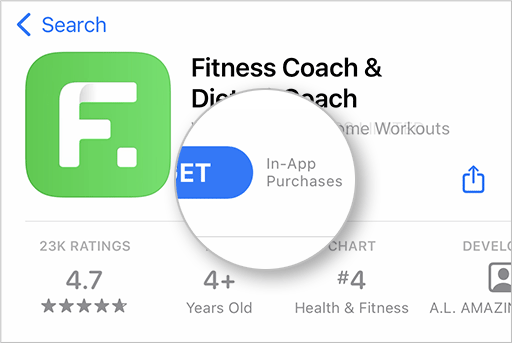
Medical professional mHealth app
The popularity of Telehealth and medicine apps grew by 40% in just 2 months after the COVID-19 outbreak and have continued to gain popularity since. Telehealth apps is the second most popular app category in the personal wellness category, just below workout apps.
A primary care physician or healthcare specialist is likely to own an app to save on on-site expenses and to increase revenue from being more effective keeping consultations within their mHealth app.
This group is less likely to charge an app-fee for out-patient services as it benefits themselves if they nurture the digital doctor/patient relationship.
Revenue model: PCPs and mHealth specialists are likely to offer a free app with all revenue based outside the app.
Educational healthcare apps
Educational healthcare apps are usually free if they are offered by a government entity or non-profit organization.
Privately owned apps will have some sort of in-app revenue model, whether being paid by ads, one-time payments, or subscription-based.
Ads are currently favored in 24 percent of U.S. apps, compared to one-time paid apps only accounting for 8 percent.
Revenue model: There is not a one-size-fits-all approach to deciding on the revenue model. There are different ways to make money on a seemingly free app, all have their advantages and disadvantages. Demographics is a really good decision parameter and one we would recommend looking at, because preferences are strongly related to age groups and various other metrics.
Wellness apps
The wellness and mindfulness apps soared during the pandemic in the Apple App store and Google Play with more than 204 million installs over a one year period. SensorTower lists consumer spend at almost 1.6 billion USD in 2021.
Revenue model: These types of apps are usually offered by private companies and based on the subscription-based model. The subscription-based apps are commonly priced at $50-$70 annually with a 7 to 14 day free trial period.
Fitness and health app
The fitness and health app category is one of the most popular in both app stores. While competition is fierce, so is the potential to bring in massive revenue.
Running apps with GPS tracking saw a 169 percent increase over 60 days with the most popular apps being for running, cycling and hiking. Workout apps were not far behind at an 80 percent growth in the same period.
Revenue model: The most popular app in this category, MyFitnessPal is subscription-based at a cost of $10/month or $50/annually. In a typical month it brings in 1.8 million U.S. dollars in revenues. Apps in this category are mostly subscription based.
How long does it take to develop a healthcare app?
The complexity of the healthcare app affects the timeline accordingly. The number of screens, the features needed, and the number of devices it should function on.
As we mentioned above, the average healthcare app takes 6 months to complete, but the timeline can be shorter or longer depending on complexity.
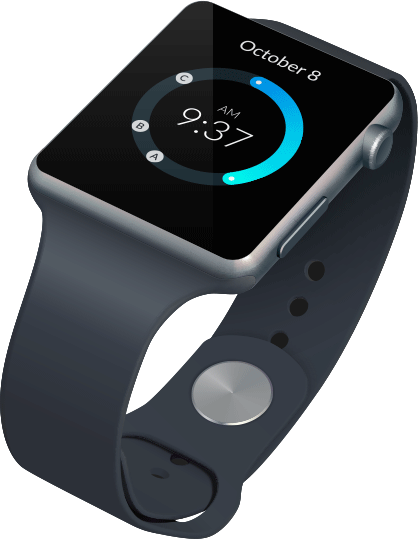
Complexity of the healthcare app
A simple healthcare app will usually take 3-5 months to complete. Developing an app with a loader screen, landing page, and a few content pages with health related information would fit in this category.
A medium healthcare app is going to take 6-8 months from day 1 until it’s in the app store. In addition to the screens above, it can include more advanced functionality such as dynamically loaded images/text, maps, signup forms, and of course more unique content pages.
An advanced app is in the 9 month or more territory. These apps can have it all. A large amount of content pages, telemedicine, sharing/print capabilities, customer support via chat functionality, search, payment portal, booking calendar, integration with medical and health devices. If you’ve seen a feature in an app, it can be included in this time-range.
How do I create a digital health app?
The first step when you want to create a digital health app is to define its purpose. For example, when creating an mHealth app for a doctor’s office, focus should be on delivering an intuitive and flawless functioning user interface and user experience, as it is going to be a communication tool between medical staff and patient.
A health and fitness app should of course also look great, but with the competitiveness in the market, and since it’s likely going to be the main revenue generator, it’s equally important to come up with at least one unique idea that sets you apart from your competition. Think about how you can make certain tasks easier or more enjoyable for your audience. Then make it better than anything else seen in the app stores.
Once you have the idea, you need to find a suitable mobile app development agency versatile in the platform you are targeting. If you are unsure of which platform you should target, have a talk with your app agency whether Android or iOS app development would be better suited for your app project.
What makes a good healthcare app?
The secret to making a good healthcare app is simple, at least in theory. You just have to solve one or more of your audience’s tasks.
A good healthcare app will be created so it’s highly customized for the users and will help make their task more enjoyable or convenient.
If you want an app helping seniors, chances are there has been a lot of emphasis on categorizing content into easily digestible screens with few distracting features.
Is it a fitness app targeting a younger demographic, the requirements change to include more features such as exercise videos, GPS mapping, timers, rep counters, logging, physical trainer communication and more.
The success of a good healthcare app depends on how good your ideas are and how well executed they are by the app developer.
What is healthcare app development?
Healthcare application development is the process of building an app for mobile, tablet and/or smartwatches to monitor and manage medical conditions, wellness state and fitness goals.
Healthcare apps targeted at medical conditions and services are heavily regulated by organizations like the FDA, HIPAA, HIMSS, and more.
Most importantly ethically, as it can literally mean the differences between life and death over the course of time, but also monetarily, the fines for violating HIPAA range from 100 U.S. dollars to 50,000 U.S. dollars per record, based on the seriousness of the violation.
If you develop a mHealth app it’s essential to work with a reputable app development company and not just go with the cheapest option.
While rules have to be followed, focus on security is also paramount when dealing with patients’ most private information and the app company should deploy strong security measures to secure data flow between the app and back-end servers.
Not all mHealth apps require compliance with HIPAA or FDA. Wellness, mindfulness and meditation apps as well as fitness and health tracking apps are exempt from the ruleset and as such does not require the same amount of knowledge or paperwork to develop..
Healthcare app for Android
Many of the 2 billion Android users enjoy using healthcare apps in the Google Play store. Apps focused on health and fitness bring in the most revenue and why we don’t see any medical apps in the top 10 top grossing mHealth apps.
Medical apps are still a good investment for healthcare professionals to enhance patients’ wellbeing and cut in-office expenses dramatically.
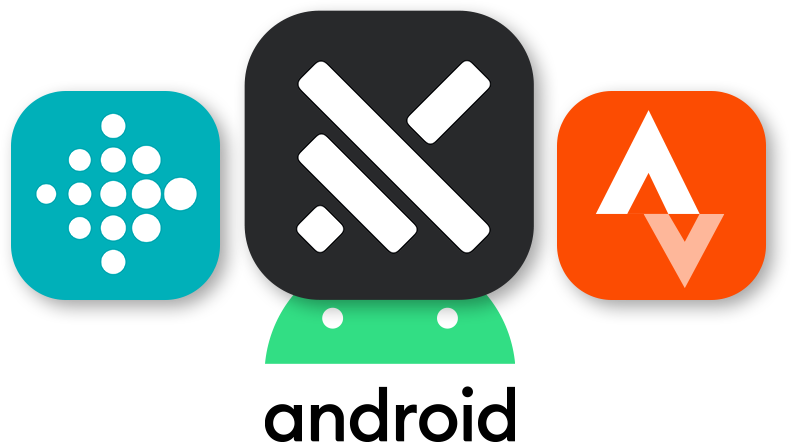
The top grossing mHealth apps in the Google Play store
- Fitbit: Health and Fitness at 2,1 million USD revenue/month
- MyFitnessPal: Calorie Counter at 1,8 million USD revenue/month
- Calm: Sleep and Meditation at 1,4 million USD revenue/month
- Headspace: Mindful Meditation at 1,1 million USD revenue/month
- Strava: Track Running, Cycling and Swimming at 1 million USD revenue/month
- Flo Period and Ovulation Tracker at 0,7 million USD revenue/month
- Muscle Booster at 0,62 million USD revenue/month
- WW (formerly Weight Watchers) at 0,6 million USD revenue/month
- Yazio at 0,59 million USD revenue/month
- Replika: My AI Friend at 0,58 million USD revenue/month
Source: Statista
Healthcare app for iOS
iOS users are 2.4 times more likely to spend money on apps, and the revenue numbers/month are a clear proof that for investment purposes, iOS is a lucrative platform to target for any healthcare app.
As with Android, the mHealth apps focusing on teledocs, telemedicine, appointment scheduling, and vitals tracking are not found in the top 10 revenue generating apps. That doesn’t mean they are not a good investment, but the money they save providers is not trackable from app purchases. Instead cost savings of replacing traditional services with efficient online consultations, scheduling and communication are seen internally in office budgets.
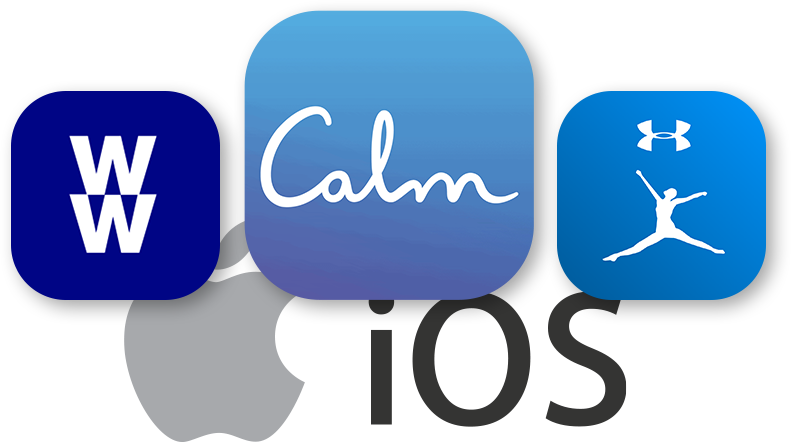
The top grossing mHealth apps in the Apple store
- MyFitnessPal: Calorie Counter at 8 million USD revenue/month
- Calm: Sleep and Meditation at 7 million USD revenue/month
- WW (formerly Weight Watchers) at 7 million USD revenue/month
- Flo Period and Ovulation Tracker at 5 million USD revenue/month
- Fitbit: Health and Fitness at 4 million USD revenue/month
- Headspace: Mindful Meditation at 4 million USD revenue/month
- Workouts by Muscle Booster at 3 million USD revenue/month
- Peloton: At Home Fitness at 3 million USD revenue/month
- Noom: Health Weight Loss at 2 million USD revenue/month
- Lose It! Calorie Counter at 2 million USD revenue/month
Source: SensorTower
Conclusion
With the mobile health app market experiencing aggressive growth, it’s a good time to invest in an mHealth app. From being a 3.7 billion U.S. dollars market in 2019, it’s expected to quintuple to 20.6 billion U.S. dollars by 2026.
Obviously there is plenty of potential in owning a healthcare app and the outlook for it being a lucrative investment is almost a no-brainer.
Patients want to be able to communicate with their doctor via TeleMedicine with all the benefits it brings both medical facilities and patients. Not having to commute, wait and take time off work is a benefit most would endorse. Making consultation procedures more efficient, and automating many of the human tasks is a cost saver to doctors that will pay for the app development investment in no time.
Wellness, health and fitness apps can benefit from the enormous revenue potential. The top 10 health and fitness apps are currently bringing in a combined 57 million U.S. dollars every month; Google Play (10 million U.S. dollars) and Apple’s App Store (47 million U.S. dollars).
If you are interested in building a healthcare app it’s a good time to get started. At Inspire Visual we have built successful healthcare apps for our clients and we’d love to help build yours.
It’s critical to work with an app development agency who knows how to navigate the world of healthcare and the pitfalls to avoid while building it, and we do. Give us a call at 407.434.9171 or get an estimate for your healthcare app today.

About Inspire Visual
At Inspire Visual, we believe that compelling design, functionality and content help drive effective results. That’s why we work hard to provide innovative, visually inspiring and functionally sound solutions to address your marketing challenges and extend your brand’s reach.
We offer decades of experience helping brands worldwide with websites, mobile app development, email marketing, direct mail campaigns, brand identity design, UI/UX, graphic design, print design, tradeshow design and more. We feel privileged to be allowed into our clients’ businesses, and we strive to provide personal service and close collaboration throughout your project.
Call 407.476.1950 or email [email protected] to contact us, so we can meet you, learn more about your business and answer any questions you have. We’d love to connect with you!
YOU MAY ALSO LIKE
Navigating Tomorrow: Upcoming Trends for Mobile Apps in 2024
In 2024, mobile apps are poised to undergo a transformative evolution with several key trends shaping the landscape. Get first-hand knowledge of what is to come and what to include in your app.
Creating Your App User Interface: Going Beyond Native Platform Standards
Behind every successful app, there is a carefully crafted app user interface. You may not give it much thought when you use an app, but creating an intuitive and appealing user interface takes a long time and requires a lot of revisions before getting that final design nailed down.
Are you ready to talk about your project?

Hello, I’m Angela, co-founder of Inspire Visual! Let’s have a chat about your project. Send an email or fill out the form to get started. Talk soon!

